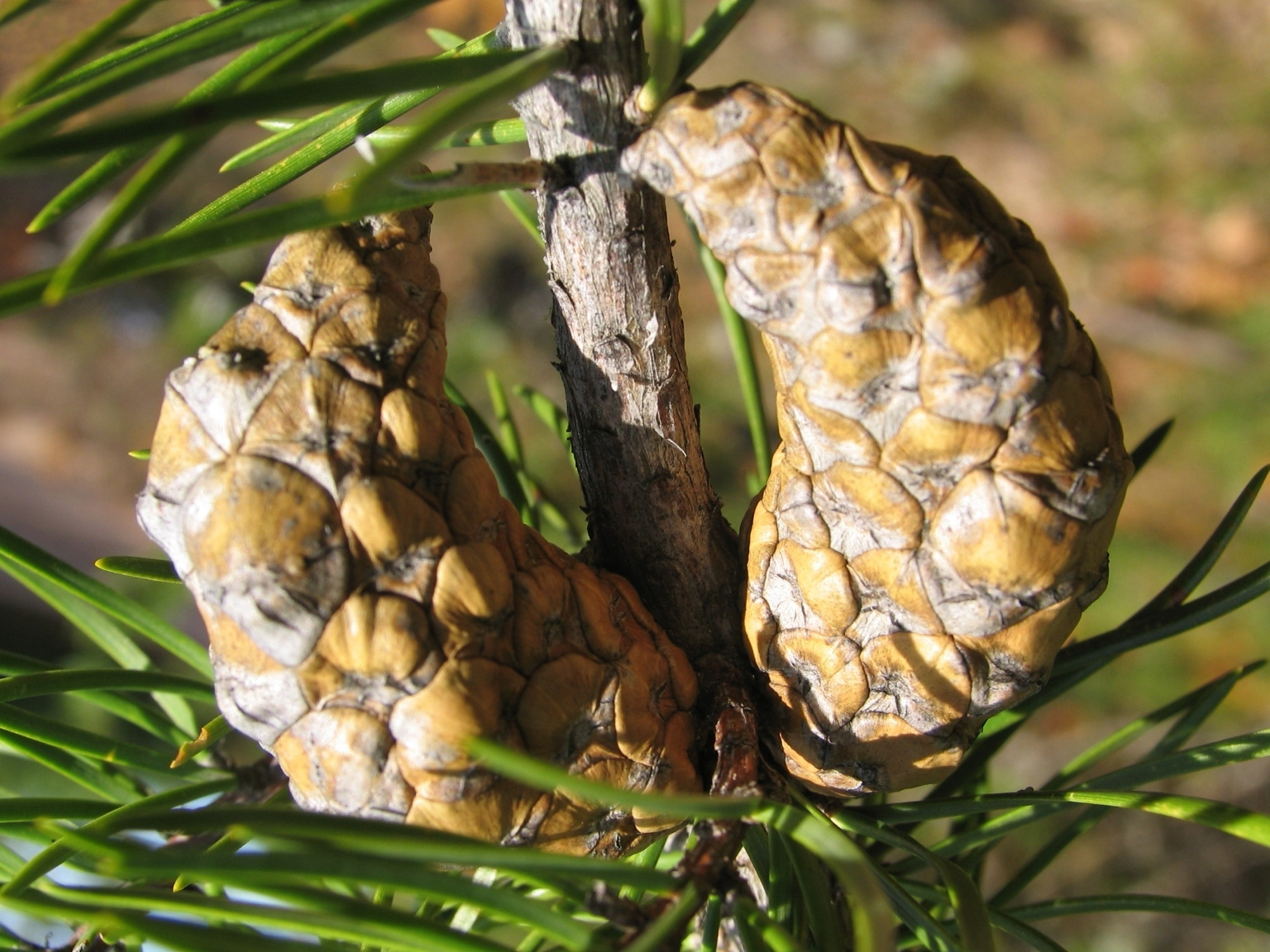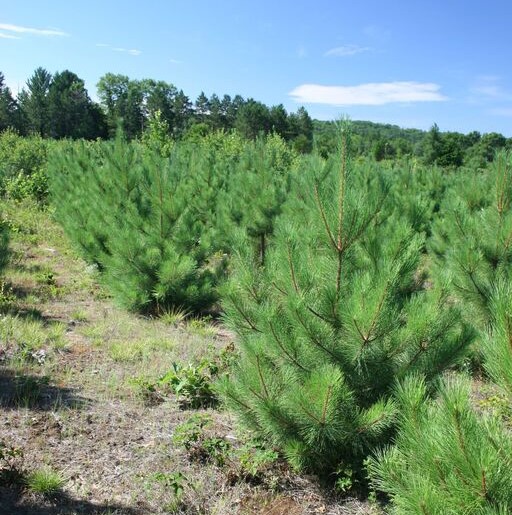MichCoTIP
The Michigan Cooperative Tree Improvement Program (MichCoTIP) was founded in 1974 as a collaborative effort between MSU, MDNR, and forest industry professionals to genetically improve forest trees for public and private interests in the state of Michigan. Two major products of this effort have been genetically improved jack pine and red pine.
Jack Pine

As jack pine is economically important for pulpwood production, a major goal of genetic improvement for this species is to increase wood volume. MichCoTIP efforts have successfully identified and bred lines of jack pine that score higher in metrics used to infer wood volume, such as tree height and diameter. Furthermore, trends in these traits have been corelated with the geographic origin of lines. While this project was dispersed across sites throughout the state of Michigan at its inception, it has since consolidated to being carried out entirely at the MDNR’s Tree Improvement Center in Brighton, MI.
Red Pine

Another prominent species of focus for MichCoTIP has been red pine. As an economically important timber species in Michigan, red pine has been the subject of tree improvement projects primarily aiming to increase growth rate. A MichCoTIP progeny trial lasting over 40 years has shed a great deal of light on lines of red pine that are superior in growth rate. This study has included analyzing the performance of these lines in different locations across the state, and to what degree the differences in growth rate can be attributed to genetic variation in red pine. Many of the improved lines of red pine developed by MichCoTIP are used today by the MDNR when planting new stands.
For 40 years until his retirement in 2024, this work was primarily facilitated at MSU by Tree Improvement Manager Paul Bloese. Forest Genetics Research Manager Shane Spence has since taken the lead in this effort.

Shane Spence
Research Assistant
spences4@msu.edu
If you'd like to read more about the history of MichCoTIP, click here.



 Print
Print Email
Email